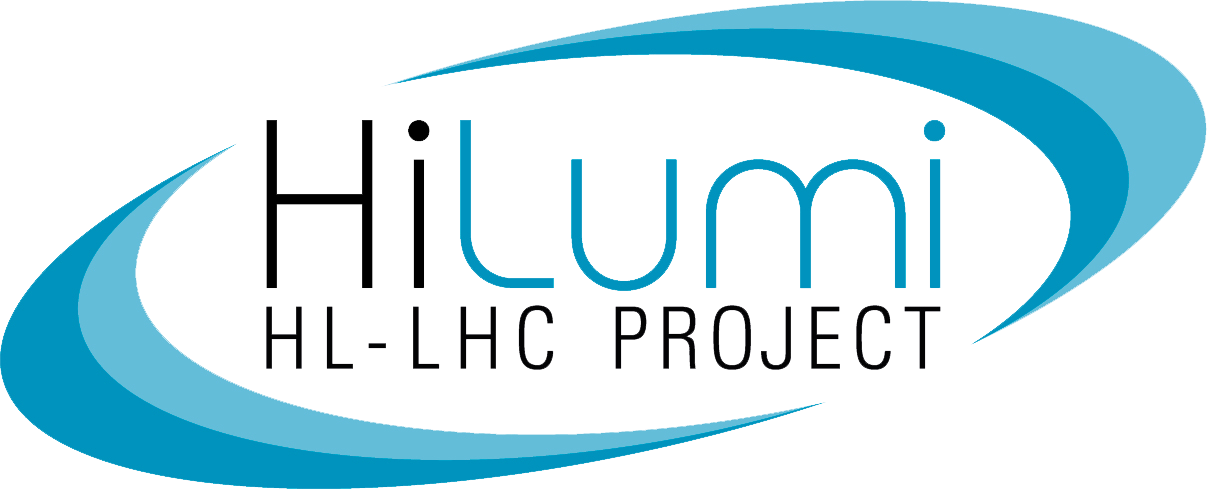The magnets and accelerator equipment of the LHC must be protected during all phases of operation.
In collaboration with WP3, WP6A, WP6B, WP11, WP16, the Magnet Circuits Expert and the Polarity Controller, WP7 determines and optimizes the global protection strategy for each new magnet circuit. The protection schemes of the different circuits are studied via simulations and validated based on results from protection tests on stand-alone magnets. The final validation of the protection schemes and the operation of the most complex HL-LHC circuit, the new inner triplet, will be performed during the IT String test.
The activity of WP7 comprises the design, test and construction of protection equipment for the HL-LHC circuits and new HL-LHC hardware systems, including novel technologies such as the Coupling-Loss Induced Quench system (CLIQ). Furthermore, WP7 takes charge of the superconducting current lead temperature regulators for the HL-LHC circuits. In collaboration with WP15, the new equipment will be integrated, installed and commissioned in the existing LHC underground areas and the new HL-LHC galleries
WP7 also takes charge of the electrical quality control for all circuit equipment during reception at CERN, before lowering them into the LHC tunnel, during installation in the tunnel and during hardware commissioning. Furthermore, WP7 supports WP3, WP6A and WP11 for their electrical quality controls during the manufacturing of circuit components.
WP7 evaluates the impact of new magnets and electrical circuits on the circulating beams in terms of reaction time for beam loss monitor response and orbit changes and defines, develops and implements new interlock systems and strategies, were required. Aperture limitations are evaluated in collaboration with WP2, WP5 and WP14, and their proper protection is ensured.
Together with WP2, WP4, WP5 and WP8, WP7 studies the failure modes of crab cavities, develops interlocking strategies, and verifies them with beam tests in the SPS.
The goal to accumulate 3000fb-1 of integrated luminosity over 10 years of HL-LHC operation requires a high level of accelerator availability and operational efficiency. As part of the design of protection equipment, WP7 therefore performs detailed reliability studies to assure their compliance with the required reliability targets. Extrapolating todays LHC machine availability to HL-LHC provides an important input to identify key systems that require further improvements to maximise overall machine availability for the HL-LHC era. The effect of HL-LHC baseline design choices on machine availability is therefore studied for the main hardware systems contributing to downtime of the LHC.
The WPL and deputy are charged with the coordination of the efforts within the work package and ensure in conjunction with the HL-LHC project office the progress reporting as well as the documentation and implementation of scope, cost or schedule changes.
